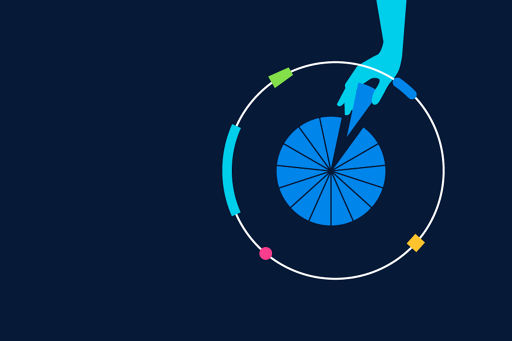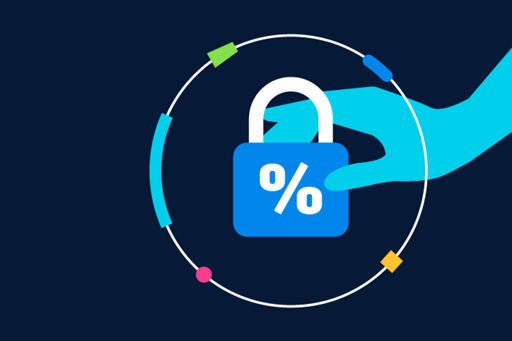
Investor 360™
We’re asking better questions to help give you a full view of what’s ahead, what’s important, and how our investing teams are responding. With our editorial lenses—In the Loop, From the Field, In the Spotlight, On the Horizon, and Make Your Plan—clients are at the center of our best thinking.
Tell us your role for curated insights
All roles
For everyone
Financial Advisor / Intermediary
I invest on behalf of my client.
Institutional Investor / Consultant
Represents organizations in investments.
Personal Investor
Manages personal investment portfolio.
Collections
items
Market Volatility Insights
Discover how our active management approach has guided clients through market volatility. Stay up to date on the latest insights and come out ahead.

Active Management Insights
Stay current on active portfolio management tactics to help achieve financial goals.

Equity Insights
Insights to help you navigate global stock markets

Fixed Income Insights
Navigate global bond markets with expert fixed income insights

Healthcare Insights
Comprehensive healthcare investment insights to keep you informed.

Markets and Economy Insights
Navigate changing global markets with expert insights

Multi-Asset Insights
Insights to help you position your portfolio for success

Personal Finance Insights
Explore financial essentials, education on a variety of investment products, and strategies to help craft your personalized financial plan

Retirement Insights
Resources to help you plan for retirement

The Angle
The Angle podcast brings you sharp insights on the forces shaping financial markets.

CONFIDENT CONVERSATIONS® on Retirement
This retirement-focused podcast features experts who provide actionable strategies for your future on a range of financial topics.
Latest insights
What to know right now

2025 Midyear Market Outlook
The global trading system is being reconfigured before our eyes, with profound implications for financial markets.

Dynamic markets may favor a hybrid of active and passive investing

Global Markets Weekly Update

The Long View: Interview with Jensen Huang, Founder and CEO of Nvidia Corporation

A compelling opportunity: How to reframe international equity allocations
Limited understanding of Social Security can affect retirement decisions, and proposed funding solutions are unpopular.

Five rules for investing in volatile times
Explore how active bond management can thrive in the new investing paradigm of higher inflation and volatilty.
A destination for all our clients
I want to explore mutual funds, roll over my 401(k), save for college, get investment advice or open a new account.
I’m an institutional investor or consultant looking to review investment strategies and discover timely insights.
I’m looking to access my employer-sponsored retirement program.
I’m a broker-dealer, registered investment advisor, DC–focused advisor, or trust or bank financial professional.
I'd like to learn more about T. Rowe Price, the company, its culture and business priorities.
I’m looking to access my retirement plan or gain insights on retirement plan strategies.
I'm looking for information on Alternative Credit Investments.